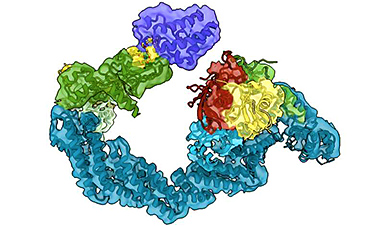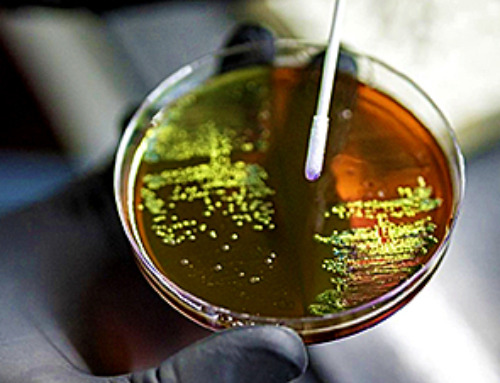Tech giants like IBM and Google have invested billions internally in A.I. research, but the past few years have also seen a wave of acquisitions, as big companies buy up startups to obtain top talent and new data-crunching science. (Acquisition figures are since 2010. source: CB Insights)
ALPHABET
(14 ACQUISITIONS)
> Google CEO Sundar Pichai has made the case that artificial intelligence is core to the search giant’s major businesses. It definitely shows in its acquisitions, including its 2014 purchase for over $600 million of U.K.–based Deep-Mind—whose software is best known for being the first to defeat a human champion at the strategy game Go (above).
APPLE
(13 ACQUISITIONS)
> Apple kicked off its A.I. acquisition spree in 2010 when it bought Siri, whose voice-recognition interface has since become, for many, the embodiment of consumer-facing A.I.
(6 ACQUISITIONS)
> The social networking giant is also an A.I. heavyweight, using deep learning to clean up its News Feed (though that’s very much a work in progress). Its recent big buys include the 2017 acquisition of Ozlo to improve its messaging app.
AMAZON
(5 ACQUISITIONS)
> It takes a lot of A.I. to fuel both its online retail (matching products to customer preferences) and its cloud-computing business. Amazon also uses A.I. to help screen the produce it ships through its grocery delivery business.
Image Credit: Go Fans watch a TV screen showing the live broadcast of the Google DeepMind Challenge Match in Seoul, South Korea. Google’s artificial intelligence program AlphaGo beat top-class South Korean Go player Lee Se-dol. Seung Il Ryu—Zuma Wire
News This Week
Urban Microbes Are Eating Disinfectants – Are We Fueling a New Health Threat?
New research reveals that microbes in urban environments are evolving to withstand the very cleaning agents designed to eliminate them. The study also uncovers new strains in Hong Kong, previously only found in the [...]
Startling Study Shows High-Potency Cannabis Alters DNA
The study shows that frequent use of high-potency cannabis alters DNA, affecting genes related to energy and immune function. These changes differ between those with and without psychosis, suggesting cannabis use could influence mental health through biological [...]
New nanotherapy targets artery inflammation in cardiovascular disease
Inflammation of the arteries is a primary precursor and driver of cardiovascular disease—the No. 1 killer of people in the United States. This inflammation is associated with the buildup of dangerous plaque inside the [...]
Revolutionary Nanoparticle Therapy for Prostate Cancer
A groundbreaking research effort involving teams from the University of Virginia, Mount Sinai, the University of Michigan, the University of Texas, and others has displayed the clinical efficacy of an innovative therapy that utilizes nanoparticles and [...]
Antibody engineering drives innovation in drug development
Monoclonal antibodies (mAbs) are used to prevent, detect, and treat a broad spectrum of non-communicable and communicable diseases. Over the past few years, the market for mAbs has grown exponentially with an expected compound [...]
Breakthrough Study Reveals How Bladder Cancer Starts and Spreads
Researchers found that DNA mutations from antiviral enzymes and chemotherapy fuel early bladder cancer, while abnormal circular DNA in tumor cells drives resistance to therapy. These discoveries open new therapeutic avenues. A groundbreaking study led by [...]
AI and Quantum Mechanics Accelerate Drug Discovery
A recent article published in the Journal of Chemical Information and Modeling researchers at Southern Methodist University (SMU) have developed SmartCADD, an open-source virtual tool designed to speed [...]
Targeting ‘undruggable’ diseases: Researchers reveal new levels of detail in targeted protein degradation
Researchers at the University of Dundee have revealed in the greatest detail yet the workings of molecules called protein degraders which can be deployed to combat what have previously been regarded as "undruggable" diseases, [...]















Leave A Comment